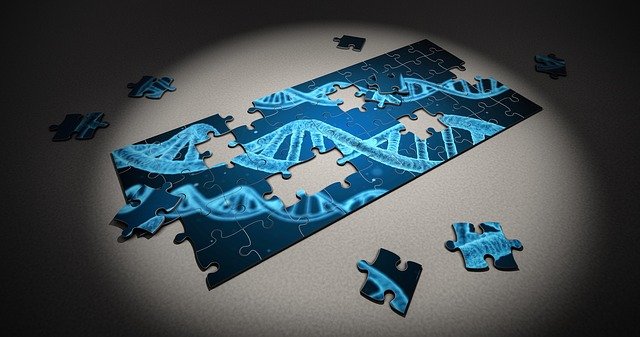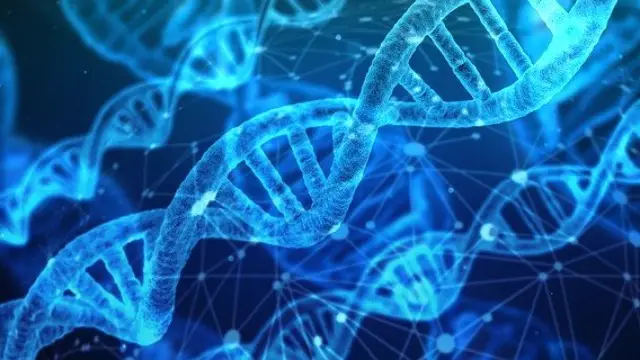DNA analysis is one of the techniques used in forensic science. It is applied in paternity testing and the identification of crime suspects.
A sample of cells from a crime scene is analyzed, and the results are compared with those of a suspect in a criminal investigation.
In paternity testing, the DNA of a father is analyzed, and the results are compared with that of a child; if they match, the test is positive.
Purifying a DNA sample before testing is crucial to ensure that the results are credible.
Analysts use physical and chemical methods to remove proteins, cellular membranes, and other components from the DNA sample. This process is called DNA extraction.
Different substances are used for extraction, including detergents, meat tenderizers, pineapple juice, and alcohol among others. But what are their roles? Well, let’s find out…
What is the purpose of detergent in DNA extraction?
The purpose of detergent in the extraction of DNA is to separate the lipids and fats from DNA.
Detergents contain positively charged sodium ions which attract the negatively charged phosphate ions in the cell membrane, causing the cell to pop open.
The open cell releases the DNA and isolates it from the lipids in the cell membrane.
The breakdown of proteins and fats occurs in a salt solution to which a detergent is added.
The salt medium activates the protein-digesting enzymes (proteinase), resulting in their breakdown.
What is the purpose of alcohol in DNA extraction?

Alcohol precipitates out DNA during its extraction.
Alcohol is polar. The positive end of an alcohol molecule (H+) attracts the negative phosphate ions (PO43-), resulting in an ionic compound.
The reaction reduces the solubility of DNA, causing it to precipitate out.
The alcohol used for precipitation should be ice cold to make enzymes in the cell inactive.
Salty ice-cold water provides an ideal medium for the DNA to solidify. The solid DNA separates from the cells’ fats and lipids and becomes visible.
Nucleic acid obtained from solidification is removed from the remaining solution by centrifugation.
The smaller nucleic acid particles are attracted by the centrifuge, leaving the large salt particles from salty water.
Washing the DNA particles in ethanol further purifies it.
Clean nucleic acid particles are dried and stored in dry places to prevent reactivation of proton movement by moisture.
What is the purpose of meat tenderizer in DNA extraction?
Meat tenderizer removes the protein covering DNA in a cell.
Meat tenderizer contains papaya juice.
The enzyme papain is found in papaya juice which destroys the protein covering nucleic acid.
Once DNA is exposed, endonucleases can act on it and destroy it. The meat tenderizer protects the uncovered DNA from enzymatic destruction by denaturing the enzymes.
Adding Sodium hydrogen carbonate to the meat tenderizer makes the solution neutral.
The enzyme papain works best in a neutral solution (pH 7) where the endonucleases are inactive.
What is the purpose of pineapple juice in DNA extraction?

Pineapple juice disentangles DNA from the rest of the cell.
The bromelain enzyme in the liquid breaks down the protein in the cell membrane, unwrapping the DNA.
After the breakdown of the proteins, the nucleic acid gets detached from the other parts of the cell and separates.
The bromelain enzyme works well in an acidic medium (pH 4), while the cell enzymes work best in an alkaline medium.
The endonucleases are inactive at the pH of 3, which prevents the nucleic acid from being destroyed.
The yield of nucleic acid particles is high at a lower temperature. Pineapple juice for the extraction should be ice cold to reduce the destruction of the acid by heat.
If the extraction process is done wrongly, the sample DNA obtained may give corrupted results on analysis.
The skewed findings may arise from degradation of tissues during extraction, which may be caused by:
- Improper tissue preservation
- Extreme temperatures which tissue destruction
- Too much salt in the salty solution
- High concentration of ethanol used for cleansing
- Destruction by moisture during storage
Nucleic acid extraction is a crucial step in forensic research. It should be carried out with caution to avoid wrong identification in criminal investigations and incorrect paternity results. The steps in the process should be followed to prevent sample distortion and destruction.
Related Post: Do all Cells have DNA?

